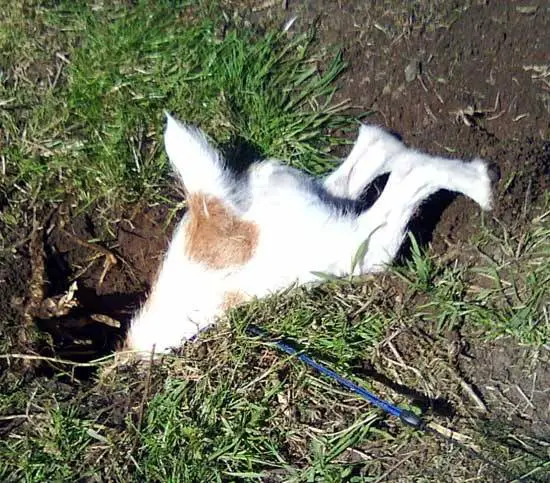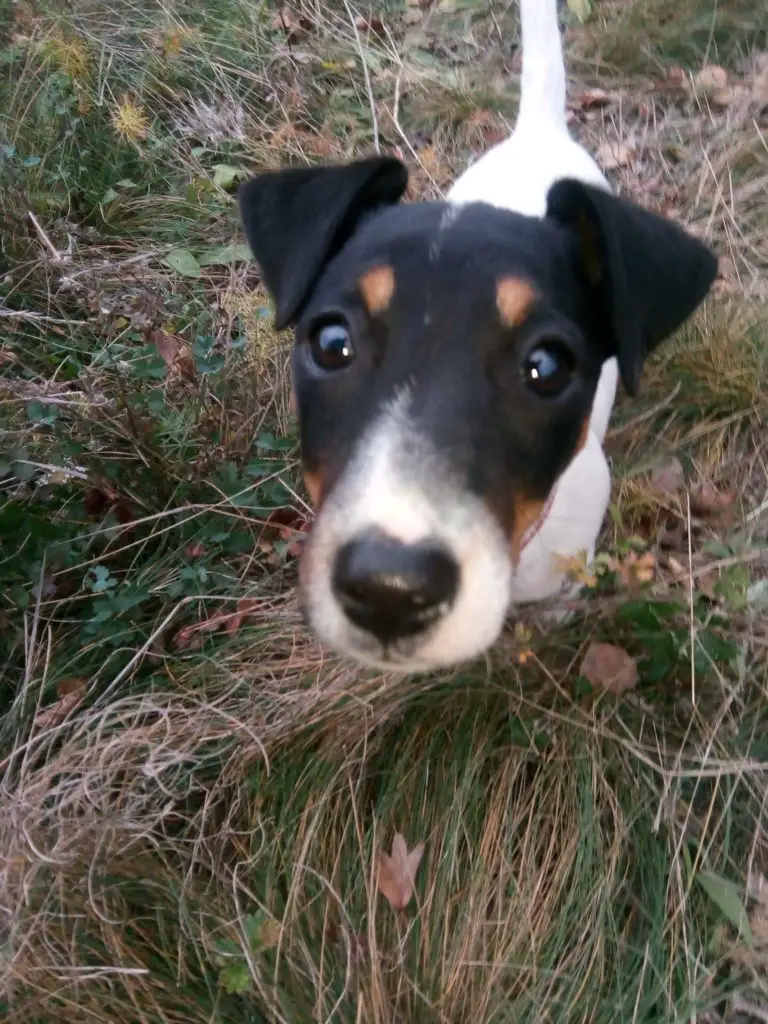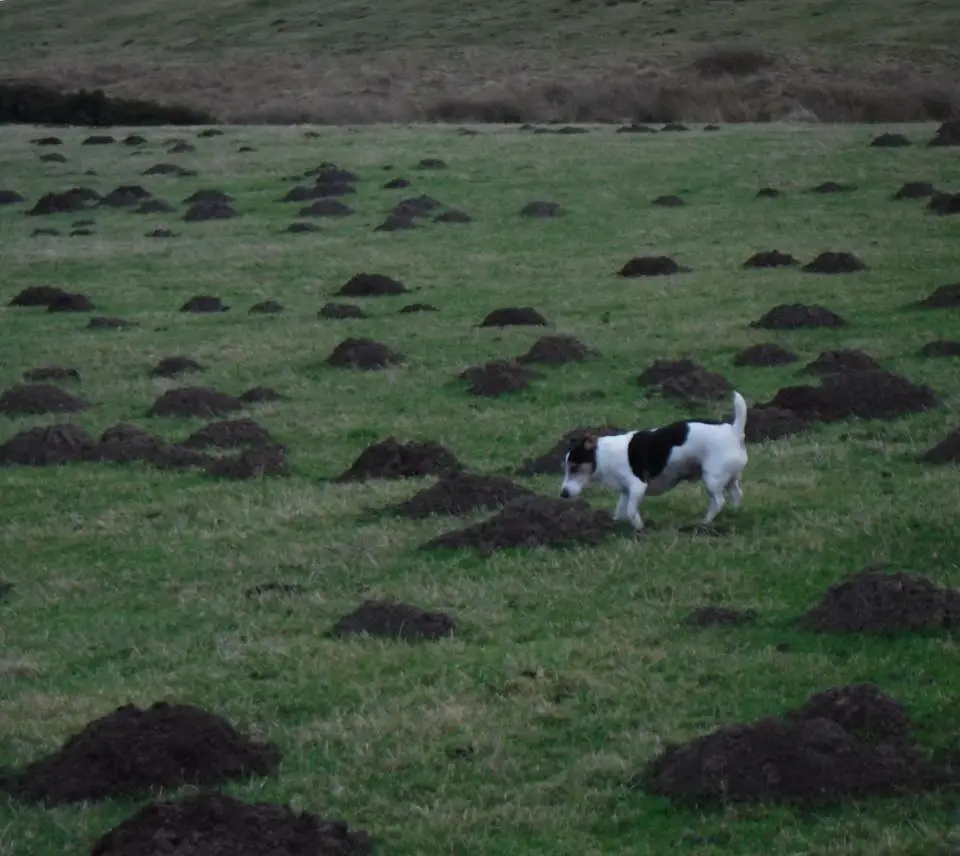Table of Contents
As human civilization continues to expand into wilderness areas, wildlife encounters become more frequent. Many of these are pleasant — the birds singing, a lizard skittering across the path — but others can be frightening, or even dangerous.
*This post may contain affiliate links. As an Amazon Associate we earn from qualifying purchases.
When it comes to wildlife safety, people often think of large predators like bears, mountain lions, wolves, and coyotes. And so they should. But it’s not enough to just consider large predators. Some smaller creatures give cause for concern, as well. And though they might run away from a human, they might not back down so easily from an encounter with a small dog.
There are three small but fierce creatures that you might encounter on the trail — or even out in the neighborhood. It’s important to know how to navigate these encounters.
Venomous Snakes

If you live in the United States, Canada, or Latin America, chances are, at least one of more than 30 kinds of rattlesnake lives near you. In Europe, the adder has been causing problems for dog walkers. Like the rattlesnake, the adder can live in both rural and urban areas.
Snakes don’t attack for sport, but they will defend themselves if they feel threatened, and this can be deadly for humans and pets alike.
When you might see them
Snakes are reptiles. This means they adjust their body temperature to their surroundings. During the warmer parts of the day, for
A lot of encounters happen accidentally, for example, stepping on a snake that you didn’t see. This is especially true for dogs, who lead with their nose and love a good snuffle in the underbrush.

Type of threat
Both rattlesnakes and adders have a highly venomous bite that requires immediate medical attention. The venom of the adder is more potent in March and April, when they emerge from hibernation.
What to do
First, protect yourself and your dog. Wear high-topped hiking boots on the trail. Also, keep your dog on a leash, so it doesn’t accidentally surprise a snake in the underbrush.
Keep your eyes and ears open at all times.
Also, if you and your dog regularly walk in rattlesnake country, ask your vet about the rattlesnake vaccine.
If you do come upon a snake, don’t run, make noise, or try to scare it away. Pick up your dog, back away slowly and allow the snake the chance to escape. Most snakes would rather escape than pick a fight with you, but they will defend themselves.
Skunks

Skunks are common throughout North and South America, in urban as well as rural areas. And in many places, dog owners know them all too well.
When you might see them

Skunks are crepuscular, which means they come out at dawn and dusk. They might dig under your fence, they might live under your house, and you may encounter them while out in the wild.
Type of threat
There is the stink, of course. Skunks spray when they feel threatened, and a barking dog often
If that’s not enough, skunks are rabies carriers, too. Bites are rare, but they do happen, so it’s always good to have your dog’s rabies vaccination up to date.
What to do
Skunks aren’t aggressive, and they only spray as a last resort. On top of that, they give you plenty of warning — if you know what to look for. The signs include:
- hissing
- stamping
- raising and puffing the tail
If you encounter a skunk, speak in a low, slow, voice, and move away. Pick up your dog and take it with you. Don’t rush at it or act like you’re going to attack or you will likely get sprayed.
Raccoons

A lot of people think raccoons are cute — and they are, and devilishly clever, too. They’re increasingly common in urban and suburban areas, where they have earned the nickname “trash panda,” for their love of getting into garbage cans.
But raccoons also attack dogs and cats — viciously, and sometimes for sport. And they are an increasing threat.
When you might see them

You’re probably more likely to run into a raccoon in an alley or behind your house, than in the wild. They’re ubiquitous in the United States and Mexico, but they also live in some parts of Europe, Central Asia, and in Japan, as well.
Raccoons are nocturnal, that is, they’re typically active at night.
Type of threat
Where to begin?
First, raccoons are the largest vector for rabies in the United States. Nearly 40 percent of rabies cases in the United States come from raccoons. They also carry distemper. So, once again, make sure your dog’s shots are up to date.
Next, raccoons are aggressive and kill for sport. In this article, Dr. Eric Barchas of San Francisco details the vicious raccoon attacks he’s treated. These attacks aren’t just limited to scratches and bites. In Dr. Barchas’s area, urban raccoons have deliberately drowned dogs in the nearby canal.
What to do
Prevention is the first and best line of defense. If you have raccoons in your area, keep your dog inside at night. Also, Dr. Barchas recommends floodlights in the back yard to keep raccoons away. Don’t leave pet food out; this attracts many kinds of critters. And patch up any holes in your roof, house, attic, or garage, to keep unwanted visitors from coming inside.
Small But Fierce
The Jack Russell is small but fierce — and this can get it into trouble with wildlife that wouldn’t normally tangle with a human.

Be safe. Keep your pet’s shots up to date. Know the
It’s their world, too. And with a little preparation, we can all share it peacefully.
Featured Image CC0 via Maxpixel

